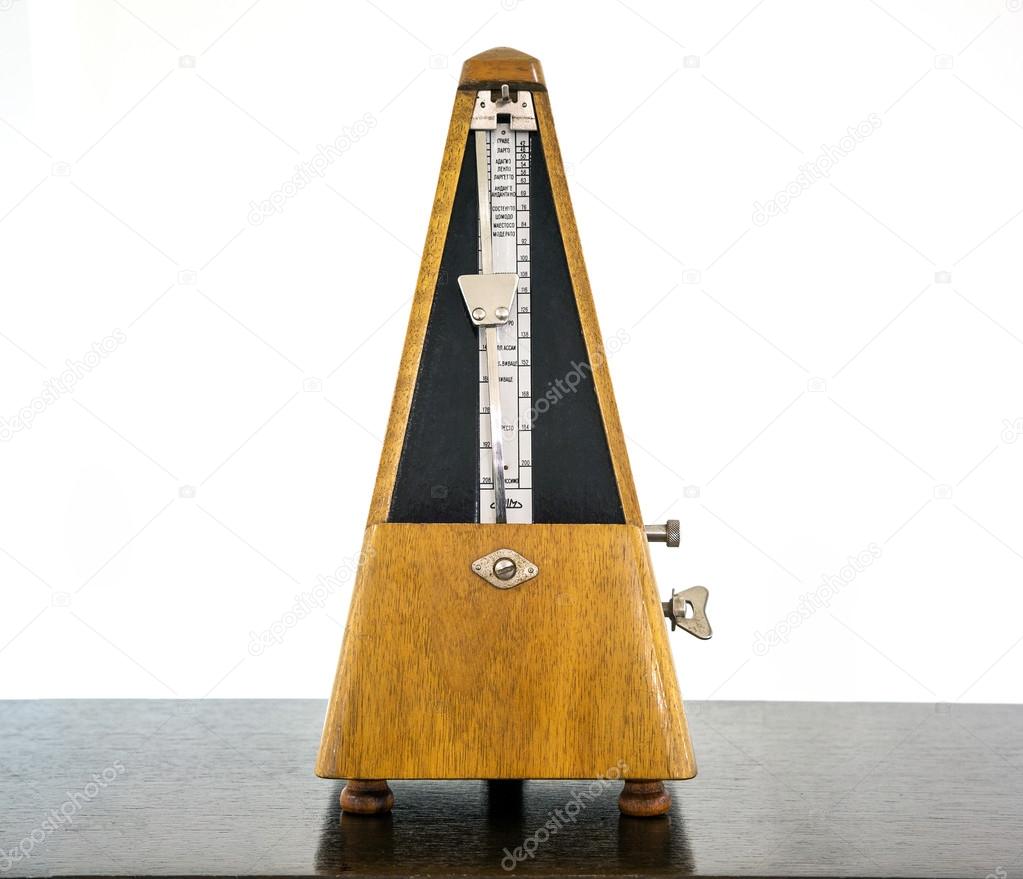

10 His most famous music-playing machines were the automaton trumpeter, which in 1837 was reported to be “the size of a man and whose clarion notes cannot be equaled by those of any living performer,” 11 and the Panharmonicon, a massive pinned-barrel contraption, best known today as the machine for which Beethoven composed Wellingtons Sieg Op. Maelzel’s automata shows were for many Europeans and Americans the first glimpse into a technologically developing world, where automated objects replicated actions once thought to be exclusive to living beings. Some “played” music through pinned barrels that contained rotating, repeatable music programs, a technology similarly found in music boxes.


#Metronome 72 full#
Since the twentieth century, scholars’ and pedagogues’ metronome use largely reflects-not Beethoven’s full intentions but our values and our needs for ever-greater exactitude, precision, and objectivity in musical time and performance practices.ĭespite his zeal in promoting a metronomic system of tempo to composers across Europe, Maelzel (1772‒1838) was most recognized during his lifetime as a displayer of automata-self-moving clockwork machines, usually in the shape of man or beast. The search for one authentic metronome indication has more to do with what modern culture desires rather than what nineteenth-century composers actually intended or asked for when performing their works. Yet speculations about the precise indications and working order of Maelzel’s once novel technology cannot sufficiently explain any nineteenth-century composer’s complete intentions regarding musical time. It is a discussion heretofore absent from the standard scholarly and pedagogical discourse, overly focused on discovering (then prescribing) the “right” MM number in Beethoven’s symphonies or uncovering the exact functioning state of his metronome. Tempo scholarship must therefore seek to include intellectual and social histories, focusing on the myriad ways in which musicians have received, used, and reacted to these automatic-beat technologies across time and place. Ultimately, this survey reveals a cultural paradigm shift, a metronomic turn in the way automatic tempo technologies have come to inform and influence the values underling musical temporality and musicianship itself.
By contrasting accounts from Maelzel’s and Beethoven’s age with those of modernist musicians, it is shown how a new cultural trend emerged in which automatic metronomes transitioned from limited musical pulse references to essential regulators of a scientifically objective, mathematically reproducible tempo. Primary source evidence uncovers that historical attitudes toward metronomes were unlike those of modern-age pedagogues and performers. Rather than focusing upon the exactitude of historical tempo technologies, this study seeks to answer the larger reasons why ticking machines became the prevailing indicators of musical movement in western educational, compositional, and performance practice traditions. This intellectual-social history of Maelzel’s technology challenges current views that automatic metronomes are, and have always been, universally accepted indicators of an absolute a priori musical beat.


 0 kommentar(er)
0 kommentar(er)
